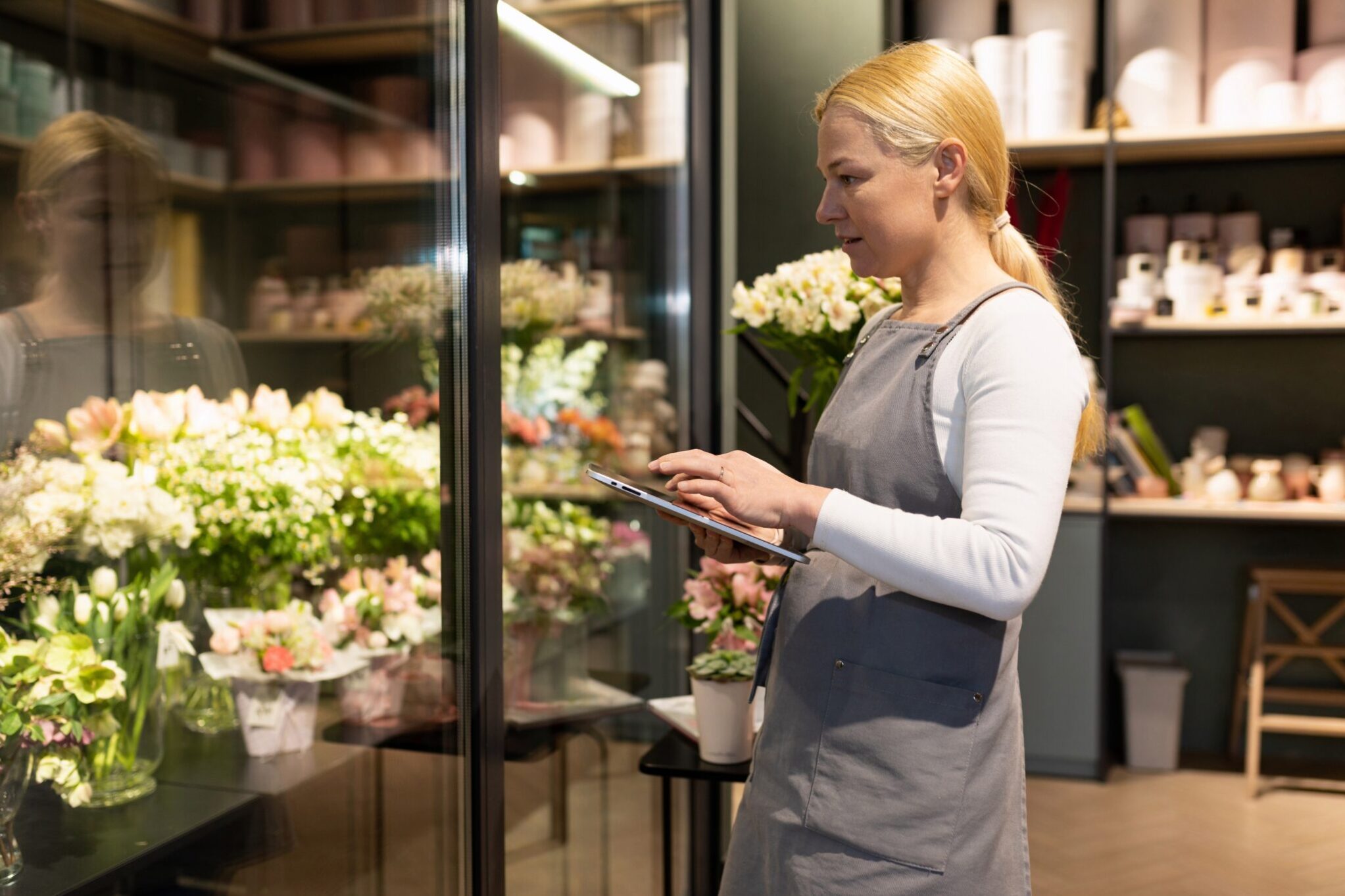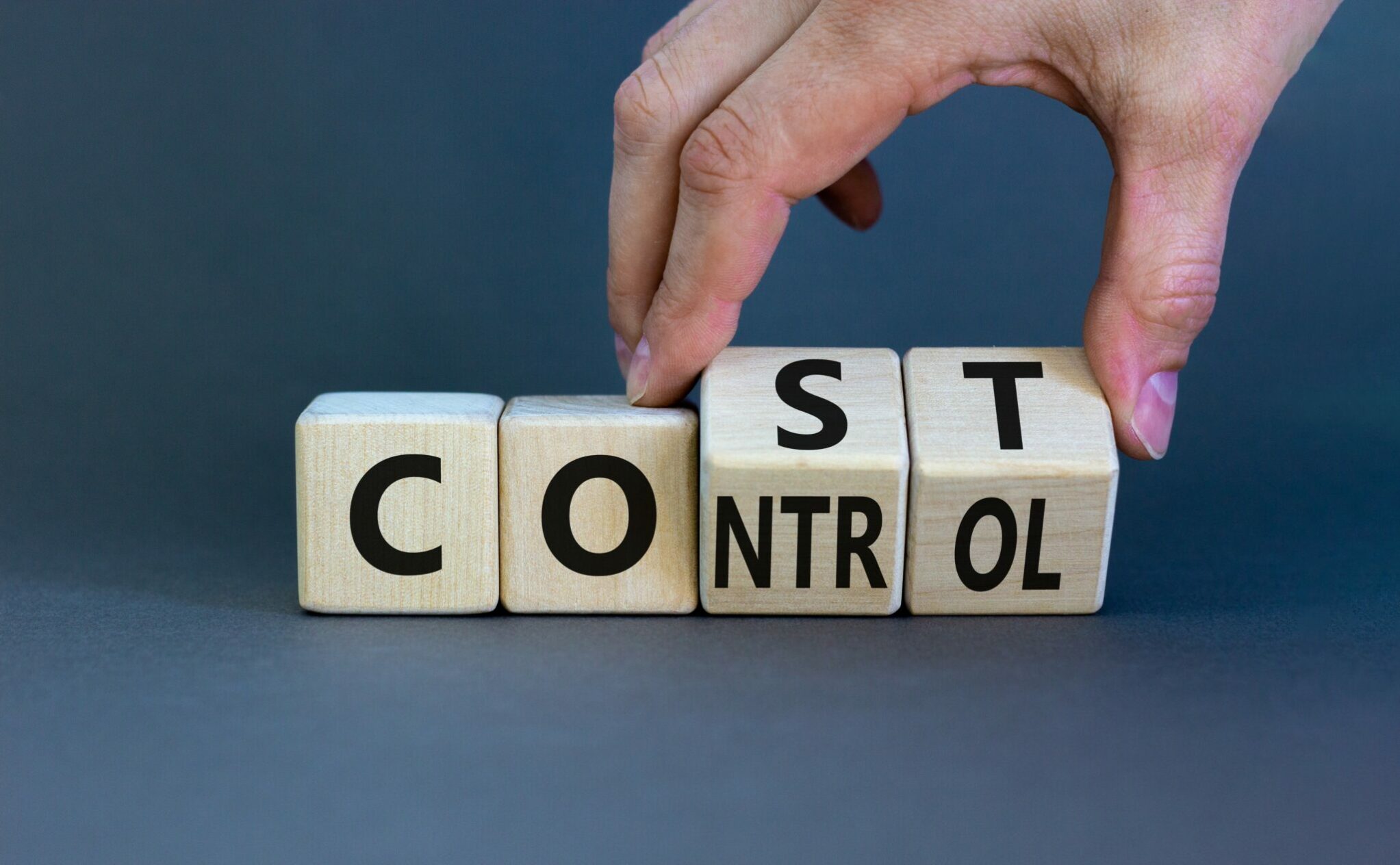
Carrying many varieties of plants give customers a reason to buy multiples, but sourcing a wide range of plants can be challenging. The latest issue of Floral Management offers tips on sourcing plants.
Many trends come and go, but the plant craze, several years old, is holding steady as Americans recognize houseplants’ calming qualities. It behooves retail florists to have grab-n-go options of these popular items — in a range of species, varieties and cultivars— to incentivize multiple purchases. But acquiring them can be a challenge. In the latest issue of Floral Management, plant grower Austin Bryant shares a few sourcing strategies.
“One of the largest hurdles to getting into houseplant sales is finding an affordable method to ship the plants from Florida, where the bulk of houseplants are grown and many freight carriers operate,” says Bryant, the second-generation head of sales at Heart of Florida Greenhouses Inc. in Zolfo Springs, Florida, and a member of the Society of American Florists’ board of directors. Florists have a few options, based on the volume of their order.
Less Than Truckload (LTL) Freight
If plants make up a significant portion of your business, consider LTL freight, which provides weekly delivery directly to florists. LTLs pick up from multiple Florida nurseries and consolidate the plants for single-stop deliveries. “The downside of using these trucking companies is that they have higher minimums and limited service in the spring, when they are delivering to garden centers,” Bryant explains.
FedEx Freight Box
For florists who don’t do heavy volume in plants, the FedEx freight box system could work. The minimum is roughly a third of what LTL carriers require. Another benefit is that different pot sizes can be configured on the pallet in several ways, offering the florist more variety in sizing. That said, it is more expensive. A single pallet of material is shipped directly to a shop for a flat rate per pallet — and a variable fuel surcharge assessed weekly by FedEx.
Wholesalers
Don’t carry a large inventory of plants? A plant wholesaler could be the solution. These companies pick up mass volumes of plants weekly and run routes for delivery to florists, who can choose what they want off the truck. “The price of plants sourced this way may at first seem high,” Bryant says. “However, there is more cost — and risk — involved for the wholesaler. Their prices include sourcing, freight and re-handling, and account for the risk they take for making speculative sales.”
For more details, check out Up the Supply Chain in the latest issue of Floral Management.
For all kinds of advice on plants — including trends, sourcing, merchandising and marketing — check out The Great Big Plant Event in SAF’s learning hub, Career Connection.
Katie Vincent is a contributing editor for the Society of American Florists.






